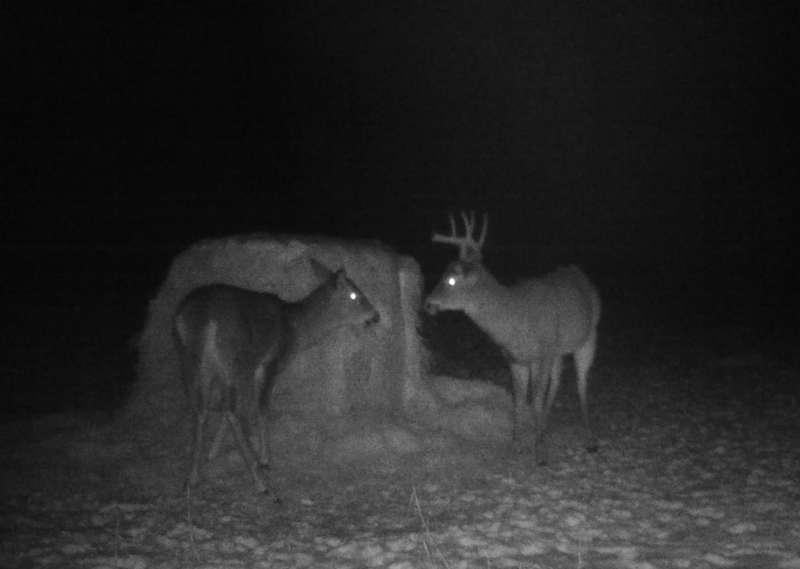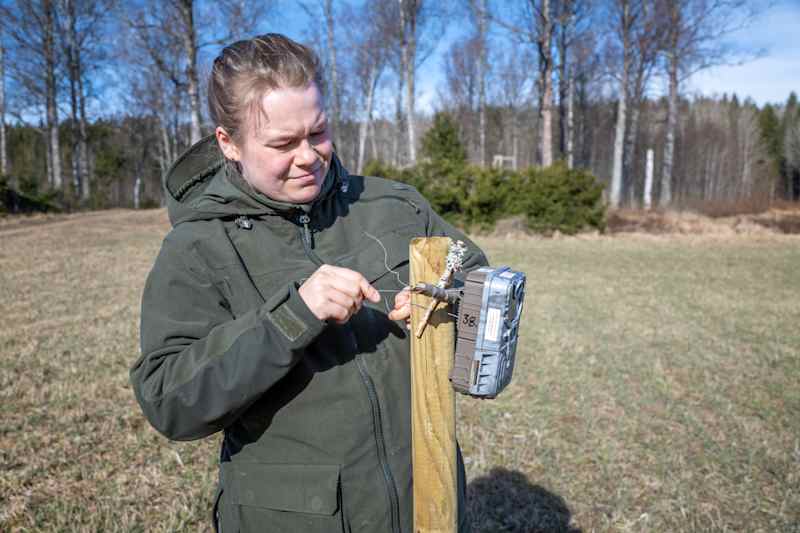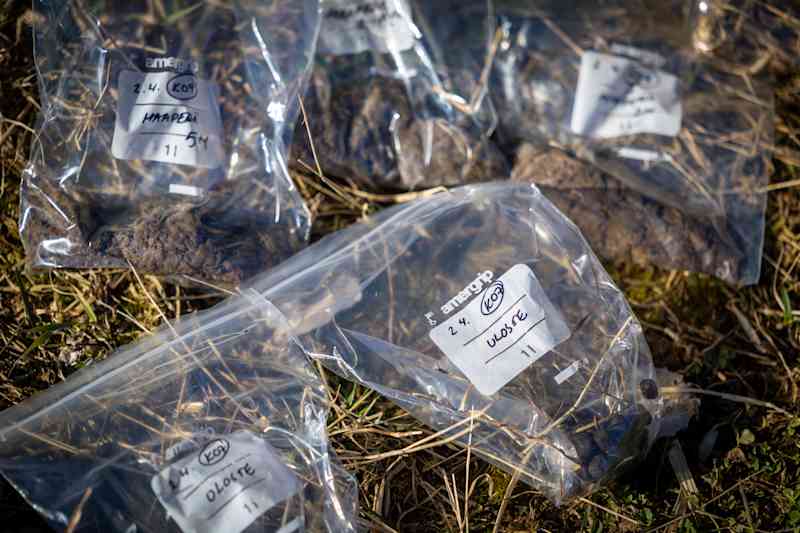Game feeding involves risks – Luke study finds out what kind of feeding is sensible and what is not
Feeding game animals increases the risk of disease transmission to farm and domestic animals, including humans.
For the first time, the Natural Resources Institute Finland and the Finnish Food Authority have launched a research project to investigate animal diseases spread by game feeding.
Foreign studies have shown that when feeding areas are frequented by a high density of animals of the same species, certain parasites are spread from one animal to another.
– The risk exists both when individuals of the same species and when different species are encountered. Diseases that don’t otherwise jump from one species to another can learn to do so, he says.
According to Melin, for deer, it has been found that the denser their strain, the more they carry parasites and diseases.
Attraction feeding aims to control the species, support feeding to increase populations
White-tailed and deer stocks have grown strongly in the 21st century. Stock management requires effective hunting, according to the Natural Resources Center. It is usually based on hunting hunting at the animal feeding sites.

Game feeding uses attractive and supporting.
The attractiveness of the attractiveness seeks to attract certain species to the right places to shoot or out of damage, such as crops, gardens or busy roads.
Support feeding, in turn, aims to enhance game populations to increase catch by reducing mortality and improving the condition and reputation of individuals.
The contradiction is why, according to Melin, Melin is trying to reduce the stance on the other hand, because some hunters are engaged in support feeding, to ensure that the game remains in their own area and that the stock remains sufficiently high for hunting.
In support feeding, which often means winter feeding, there is plenty of food available throughout the fall and winter.
One of the problems of winter feeding, according to Melin, is that, according to camera monitoring, feeding also attracts hare and small beasts such as raccoon dogs, foxes and lynxes, especially in late winter due to the increased number of rodents.
Diseases can be transmitted to farm animals and also to humans
Feeding allows for the formation of too dense game populations. It may indirectly affect the increase in ticks and the diseases they spread.
– The spread of serious animal diseases, such as African swine fever, can also break out or become more effective through feeding. For example, cattle tuberculosis and deer pine disease is suspected of spreading in North America, which is due to game feeding, Melin says.
The proliferation of the disease in a wild animal population increases the risk that the disease will be transferred to domestic and farm animals in the same area, he emphasizes.
Also possible are zoonosis spreading from animals to humans, such as Covid 19, known as a corona. The white-tailed deer is also sensitive to the corona virus (SARS-COV-2) and is able to spread it.
Game feeding is not officially regulated in Finland.
\”In this case, at least the recommendations of what kind of game feeding method makes sense, and what is not, would be justified,\” says Melin.
Game cameras are a great help in the field work of the research project
One of the Natural Resources Center research areas, Perniö, has 11 feeding places and game cameras across the area.

Many kinds of lives have been recorded in game cameras during the winter.
\”The cameras can be followed in addition to deer, raccoon dogs, foxes, hare animals, and some wolves and lynx movements,\” says Ahti.

The first samples collected by Luke are now in the food agency’s laboratory. Preliminary results are expected in the autumn.
The project, which will end at the end of 2026, will be funded by the Ministry of Agriculture and Forestry. The project aims to collect information for decision -makers in order to prevent the risks of animal diseases.

